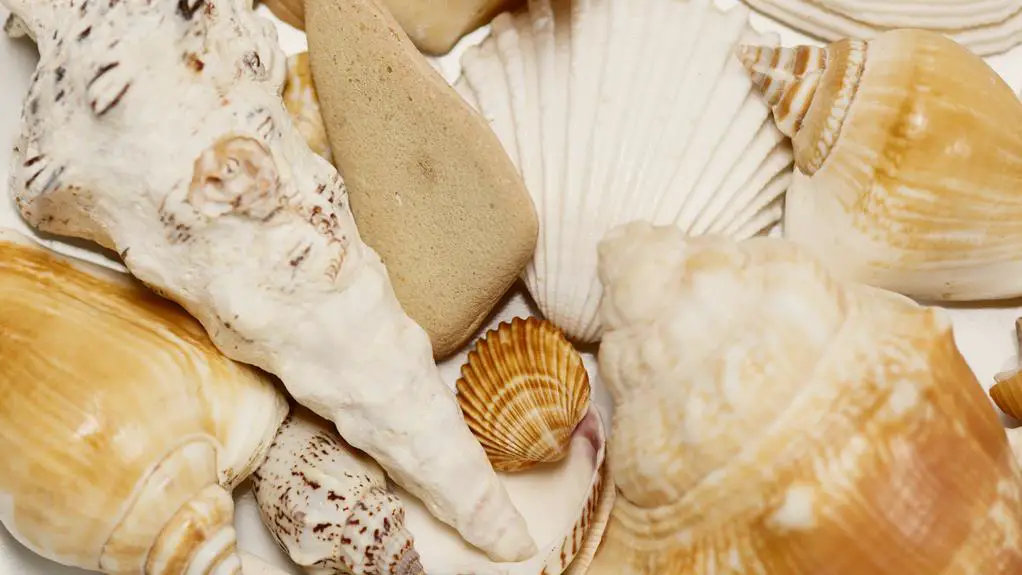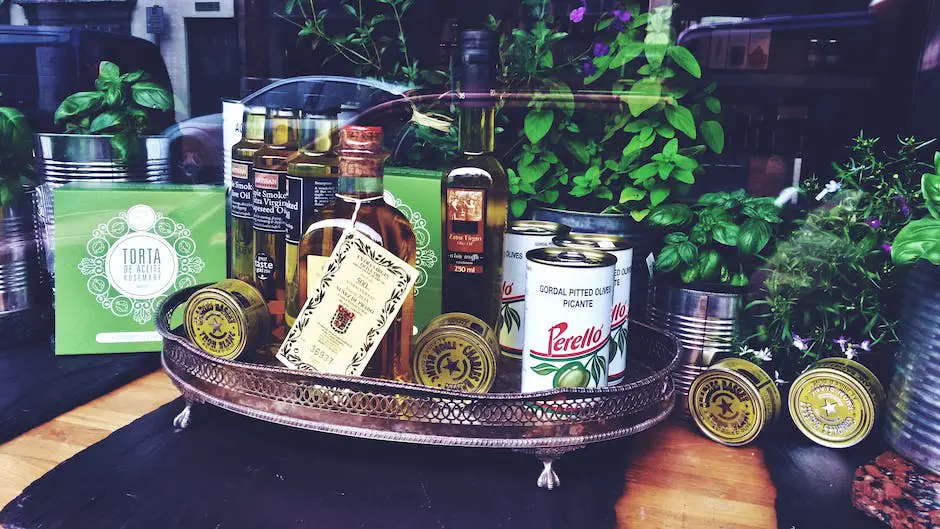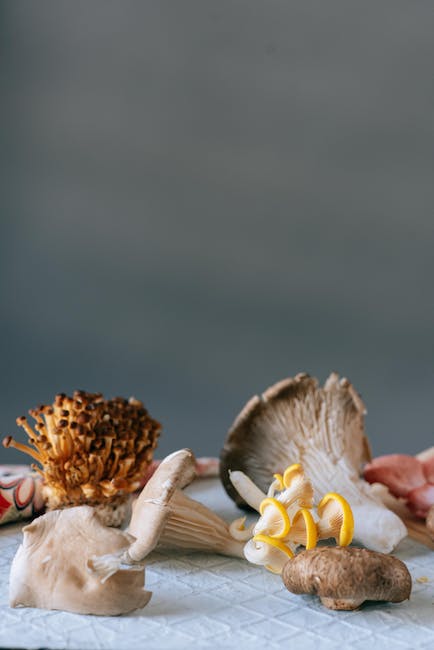With a myriad of colors, intricate patterns, and varying sizes, olive shells captivate both beachcombers and artists alike.
These unique treasures, found along coastlines around the world, are a testament to the beauty and diversity of marine life.
From the shimmering shores of Greece to the sandy beaches of California, olive shells have become a popular subject in art and decor.
Join us as we explore the fascinating world of olive shells and uncover their hidden wonders.
Key Takeaways
- Olive shells exhibit shades of brown, green, purple, and pink.
- They have raised ridges and a spiral design with curved lines.
- Olive shells range in size from a few millimeters to several centimeters in length.
- Different types of olive shells may have distinct patterns, sizes, and colors.
Colors of Olive Shells
The colors of olive shells vary from shades of brown to green and sometimes even have hints of purple or pink. These beautiful hues can be seen in olive shells found in various habitats around the world. Olive shells are commonly found in coastal areas, such as sandy beaches and rocky shores. They thrive in these habitats due to their ability to burrow into the sand or attach themselves to rocks, providing them with protection and stability.
The ecological significance of olive shells lies in their role as a natural indicator of the health of coastal ecosystems. Their presence or absence can provide valuable insights into the overall condition of the environment. Olive shells are filter feeders, meaning they consume microscopic organisms by filtering water through their gills. By doing so, they help maintain a balance in the ecosystem by removing excess nutrients and preventing algal blooms.
Additionally, olive shells serve as a food source for other organisms, such as crabs and birds, further contributing to the interconnectedness of coastal food webs.
Patterns on Olive Shells
Olive shells exhibit a variety of intricate and distinct patterns on their surfaces. These patterns add to the beauty and uniqueness of each shell, making them highly sought after for shell decorations and shell jewelry.
One common pattern found on olive shells is a series of fine, raised ridges that run parallel to the shell's axis. These ridges create a striped or ribbed appearance, adding texture and depth to the shell's surface.
Another pattern commonly seen on olive shells is a spiral design, where the shell's surface is marked by a series of curved lines that wrap around the shell in a spiral fashion. This pattern gives the shell a sense of movement and elegance.
In addition to these patterns, olive shells can also feature intricate designs such as dots, zigzags, or waves. These patterns can be symmetrical or asymmetrical, adding visual interest and complexity to the shell. Some shells even exhibit a combination of different patterns, creating a truly unique and eye-catching display.
These distinct patterns on olive shells make them ideal for shell decorations and shell jewelry. Crafters and artisans can use these shells to create stunning pieces of jewelry, such as necklaces, earrings, and bracelets. The patterns on the shells can be highlighted by polishing or adding a protective coating, further enhancing their beauty.
Size Variations of Olive Shells
With their intricate patterns, olive shells also exhibit a range of size variations that further contribute to their allure. When it comes to the types of olive shells, their sizes can vary significantly. These size variations can be observed when comparing different specimens or even within a single shell.
Olive shells can range in size from as small as a few millimeters to as large as several centimeters in length. The growth patterns of olive shells play a significant role in determining their size. Some olive shells have a slow growth rate, resulting in smaller sizes, while others experience rapid growth, leading to larger sizes.
The size of an olive shell can also be influenced by environmental factors, such as the availability of food and the conditions of the habitat where they reside.
It's fascinating to observe the diverse size range of olive shells and how their growth patterns contribute to the unique characteristics of each shell. Whether small or large, each olive shell possesses its own beauty and charm.
Rare and Unique Olive Shells
Rare and unique olive shells are highly sought after by collectors due to their rarity and desirability. These shells possess characteristics that make them stand out from the typical olive shell varieties, such as uncommon color patterns, distinct shapes, or unusual markings.
The appeal of these rare olive shells lies in their rarity and the thrill of finding something truly unique in the vast ocean.
Rarity and Desirability
Certain specimens of olive shells possess a distinctiveness and allure that make them highly sought after by collectors and enthusiasts. These rare and unique olive shells hold a significant market value due to their scarcity and the factors that affect their rarity.
One of the primary factors is the location where the shell was found. Olive shells from remote and inaccessible areas tend to be rarer and more desirable.
Additionally, the size and color of the shell can also contribute to its rarity. Large-sized olive shells with vibrant and unusual patterns are highly prized among collectors.
Finally, the condition of the shell plays a crucial role in determining its desirability. Shells that are in excellent condition, with minimal damage or erosion, are considered more valuable.
Collectors and enthusiasts actively seek out these rare and unique olive shells, making them highly coveted in the market.
Unusual Olive Shell Varieties
Collectors and enthusiasts actively seek out the rare and unique varieties of olive shells, which boast distinctive characteristics and hold a significant market value. These unusual olive shell varieties have captivated the attention of many, not only for their rarity but also for their potential use in creating stunning pieces of olive shell jewelry.
The intricate patterns and vibrant colors of these shells make them highly sought after by artisans and jewelry makers. Olive shell collecting has become a popular hobby among those who appreciate the beauty and uniqueness of these shells.
From the rare and elusive Rainbow Olive Shell to the striking Tiger Olive Shell, each variety offers collectors a chance to own a truly one-of-a-kind piece of nature's art.
Geographic Distribution of Olive Shells
Olive shells are commonly found in coastal regions around the world. These fascinating creatures have adapted to a variety of habitats and display unique migration patterns.
Olive shells can be found in tropical and temperate waters, including the Mediterranean Sea, the Caribbean Sea, and the Pacific Ocean.
In terms of habitat, olive shells prefer shallow waters with sandy or muddy substrates. They can be found along the shoreline, in seagrass beds, and even in rocky areas. These shells have a remarkable ability to burrow into the sediment, providing them with protection and camouflage.
When it comes to migration patterns, olive shells are known to undertake seasonal movements. They may migrate to deeper waters during colder months and return to shallower areas for breeding and feeding purposes. This migration allows them to find optimal conditions and resources throughout the year.
The geographic distribution of olive shells is influenced by factors such as water temperature, food availability, and ocean currents. While they're commonly found in coastal regions, their exact distribution can vary depending on these factors.
Scientists continue to study the migration patterns and habitat preferences of olive shells to gain a better understanding of their behavior and ecology.
Olive Shells in Art and Decor
Artists and crafters have found unique ways to incorporate olive shells into their creations. These shells can be transformed into intricate jewelry pieces, decorative accents for home decor, or even used as embellishments in mixed media art.
The natural beauty and distinct shape of olive shells make them a popular choice for adding a touch of elegance and coastal charm to various artistic projects.
Unique Olive Shell Crafts
One popular way to incorporate olive shells into art and decor is by creating unique crafts using these versatile shells. Olive shell crafts offer endless possibilities for creativity and expression. Here are five examples of how olive shells can be used to evoke emotion in art and decor:
- Olive shell jewelry: Delicately crafted necklaces, earrings, and bracelets showcase the natural beauty of olive shells, adding a touch of elegance to any outfit.
- Olive shell home decor: From decorative bowls to wall art, olive shells can be transformed into stunning pieces that bring a touch of nature and tranquility to any living space.
- Olive shell mosaics: By arranging olive shells in intricate patterns, artists can create mesmerizing mosaic artworks that captivate the eye and spark curiosity.
- Olive shell wind chimes: The gentle tinkling of olive shell wind chimes can create a soothing atmosphere, adding a sense of peace and serenity to outdoor spaces.
- Olive shell sculptures: Artists can sculpt olive shells into unique and intricate designs, showcasing their creativity and skill while celebrating the beauty of these shells.
Artistic Uses of Shells
When incorporating olive shells into art and decor, they can be used in a variety of artistic ways to enhance the aesthetic appeal of any space.
Artists and designers often employ various artistic techniques to transform these shells into unique and eye-catching pieces. One popular artistic use of olive shells is in the creation of shell jewelry. By skillfully drilling holes into the shells and stringing them together, artisans can create beautiful necklaces, bracelets, and earrings. The natural colors and patterns of the shells add a touch of elegance and sophistication to the jewelry pieces.
Additionally, olive shells can be used in decorative art, such as mosaic designs or sculptures. They can be arranged in intricate patterns or used as accents to create visually stunning pieces that bring a touch of nature into any artistic creation.
Frequently Asked Questions
What Is the Significance of the Colors of Olive Shells?
The significance of the colors of olive shells lies in how they contribute to shell identification. By examining the color variations, experts can distinguish different types of olive shells and classify them accordingly.
How Do the Patterns on Olive Shells Contribute to Their Identification?
Identification patterns on olive shells contribute to their identification by providing unique and distinguishing characteristics. These patterns, such as spots or stripes, help experts differentiate between different species and study their distribution and evolution.
Are There Any Specific Size Variations in Olive Shells That Are More Common?
Olive shell size variations are common, with specific sizes being more prevalent. Factors like habitat and species influence these variations. Common olive shell sizes can range from small to large, contributing to their identification.
Can You Provide Examples of Rare and Unique Olive Shells?
Rare olive shell species can be found with unique characteristics. These shells possess distinct patterns, colors, and shapes that distinguish them from common varieties. Examples include the Harpa costata and the Conus cedonulli, which are highly sought after by collectors.
Are There Any Specific Regions or Countries Where Olive Shells Are Found in Abundance?
Olive shells are found in abundance in various regions and countries around the world. Their distribution is influenced by factors such as water temperature and availability of suitable habitats.








